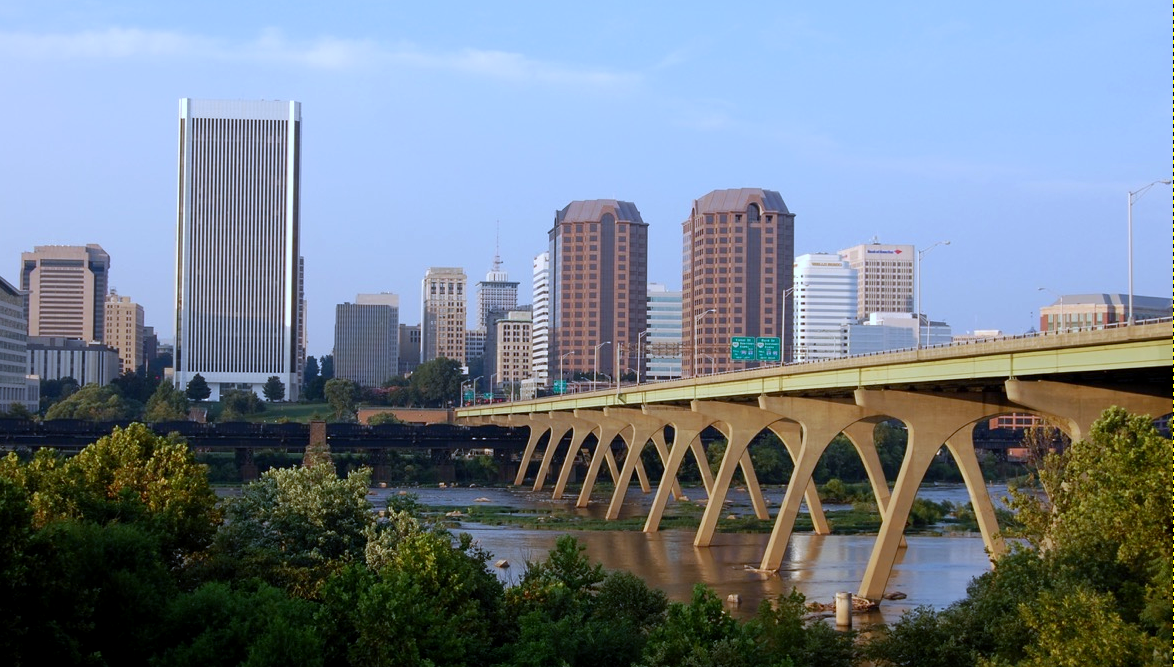Depending on the size and scale of the fire alarm security system required for a specific building or project, a risk assessment is needed to properly plan the system. Fire alarm security installation and maintenance jobs demand a great deal of skill, knowledge and adaptability. Business and personal assets in private and public buildings can equate to great financial and practical loss in the case of fire. Even with proper emergency and fire insurance, it is crucial that the right fire alarm security be installed and maintained to protect property.

For workers in involved in fire alarm security jobs there can be a great variance in the necessary practices and skills. For smaller systems, like small residences or offices, risk assessment is fairly simple. There are certain factors to be considered, including building materials, ventilation, population and activity risks. Most single family homes have, for the most part, the same needs. Smoke detectors are installed based on square footage and state building requirements and are hard wired to the electrical system in the house. Battery-run, smoke detecters have an internal alarm system to ensure batteries are changed regularly, and a back up hard wire into the electric system just in case. Depending on the fire alarm security system, fire alarm technicians will install a computerized monitor connected to the smoke alarms. This monitor will alert the fire authorities or a third party that will in turn call the fire department to deploy firemen and trucks to the scene. Much like burglar and intrusion alarms systems, fire alarm systems usually have a numeric or verbal passcode to stop the chain of events in the case of a false alarm. Many of the systems installed by fire alarm security workers are these small residential systems, however, larger jobs have a whole different set of challenges.
Insurance requirements and building codes generally seek a standardized FRA (Fire Risk Assessment). The main purpose, as far as fire alarm security technicians are concerned is to assess what the fire protection issues at hand are and what configuration of fire security system will best serve to protect the building. Much like a structured cabling system, or electric circuit system, fire alarms security systems have a mothership control point, generally referred to as the fire alarm control panel. Much like a circuit board, the control panel watches the integrity of the operations, and the input and output of information. Because fire security is so important, usually the system is run by a primary power system as well as a secondary back up power system should something go array with the first one. An FRA done properly can tell an installer how best to integrate the system with the building and it’s needs. Considering the building’s purpose, a fire alarm security job may also include physical fire fighting objects, like fire axes, hand-triggered alarms, and extinguishers. This multi-pronged attack at fire alarm security can only be arrived at from proper risk assessment ad information gathering. Fire alarm security jobs have different requirements for the tradesmen who do this work, however FRAs are one of the best ways create smart and efficient design.
Discover The Power of Real Partnership
Let's talk about the world of possibilities and how we can partner to make them a reality.
Our Latest Resources
What's new in the world of work? Check out the latest highlights, including staffing trends, top insights and more.
Be Ready to Answer These Questions at Your Next Job Interview
Whether this is your first job interview or you've done several already, you will probably find yourself with a case of nerves as it begins...
Maneuvering Your Job Search Through a Pandemic
A global pandemic means times are uncertain, stressful and even a bit frightening. While the COVID-19 outbreak has not only caused a health crisis it has also caused an economic crisis as well...












